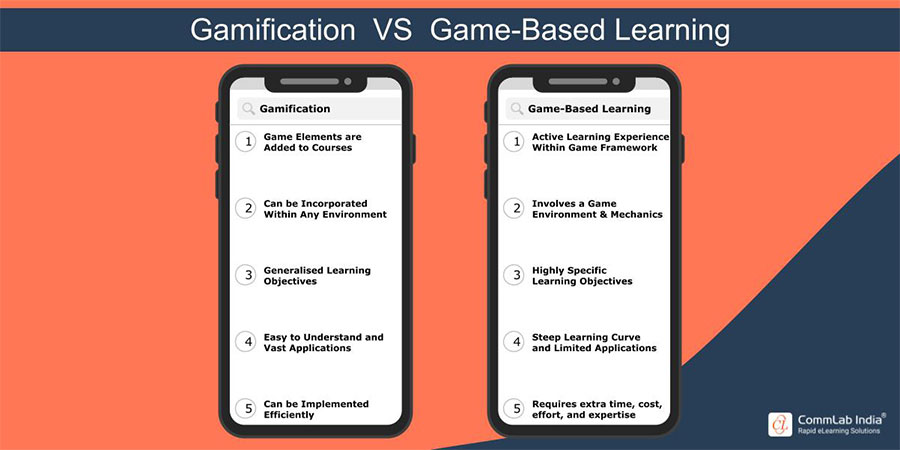10 Tips to Make Corporate Compliance Training Fun and Exciting
Revitalize compliance training! Gamify, use real scenarios and embrace technology. Engage employees for a proactive, enjoyable learning experience.

Making corporate compliance training engaging and enjoyable is crucial for ensuring that employees not only understand the rules and regulations but also retain the information in the long run. This blog lists 10 tips to make corporate compliance training fun and exciting. Remember, the key is to make compliance training a dynamic and participatory experience rather than a tedious requirement. By incorporating these tips, you can create a positive learning environment that promotes understanding and retention of crucial compliance information.
Trying to Make Compliance Training Fun and Exciting?
Here are a few tips/best practices you can follow -
- Gamify the learning process
- Use real-life scenarios
- Incorporate humor
- Design microlearning modules
- Utilize technology
10 Tips to Make Compliance Training Fun and Exciting
1. Gamify the Learning Process
Gamification is a powerful tool to make corporate compliance training both enjoyable and effective. By incorporating game-like elements, you can increase engagement and motivation. Introduce quizzes at the end of each module or create periodic challenges. This not only tests employees' knowledge but also adds an element of competition, encouraging them to strive for better scores. You can implement a reward system for top performers. This could include badges, certificates, or even small incentives. Recognizing employees for their achievements boosts morale and creates a positive learning environment. Also, displaying a leaderboard can add a competitive edge to the training.
2. Use Real-Life Scenarios
Making compliance training relatable is crucial for ensuring that employees understand and apply the rules in their daily work. You can try to develop case studies based on actual incidents or situations relevant to your industry. Discussing these scenarios in training sessions helps employees understand the consequences of non-compliance and how to navigate similar situations. Tailor scenarios to different roles within the organization. This ensures that the training directly addresses the challenges and compliance issues employees in specific positions may encounter. You can also create interactive simulations that mimic real-world situations.
→ Download Checklist Now: How to Develop Effective Online Training Programs
3. Interactive Multimedia Content
Replace dry, text-heavy materials with multimedia content to cater to diverse learning styles and keep participants engaged. Here's how:
- Video Modules - Produce short video modules that cover key compliance topics. Include animations, interviews, or demonstrations to convey information in a visually engaging manner.
- Interactive Infographics - Convert complex information into interactive infographics. These visually appealing tools can break down intricate concepts and make them easier to understand.
- Podcasts and Webinars - Incorporate podcasts or webinars into your training program. These formats allow for a more dynamic exchange of information and can feature guest speakers or experts to provide different perspectives on compliance issues.
4. Incorporate Humor
Adding humor to compliance training can lighten the mood and make the content more memorable. However, it's essential to use humor judiciously and ensure it aligns with the workplace environment. You can create comic strips or cartoons that humorously illustrate compliance scenarios. This approach can make the content more approachable and enjoyable without diminishing its importance. Try to share lighthearted, relevant anecdotes related to compliance. Additionally, you can develop interactive games that incorporate humor while testing employees' knowledge of compliance rules. This approach not only entertains but also reinforces learning in a playful manner.
Here’s an infographic to help you out if you get confused between learning games and gamification.

5. Host Workshops and Group Activities
Organizing workshops and group activities is a highly effective method for making compliance training interactive and collaborative. By bringing employees together, you create an environment where they can discuss compliance issues, share experiences, and collectively problem-solve. These sessions encourage teamwork and provide a platform for open dialogue, fostering a deeper understanding of the material. Additionally, the social learning aspect of group activities can enhance engagement and create a sense of camaraderie among employees, making the training experience more enjoyable and memorable.
6. Customize Training Materials
Tailoring the training content to the specific needs and roles of your employees is essential for maximizing relevance and engagement. A one-size-fits-all approach often falls short of addressing the unique compliance challenges different departments or job positions may face. By customizing the material, you ensure that employees can directly apply the knowledge to their day-to-day responsibilities. This personalized approach not only increases the effectiveness of the training but also demonstrates a commitment to addressing the specific compliance concerns within the organization.
7. Design Microlearning Modules
Breaking down the training content into bite-sized modules offers a practical solution for the time constraints often faced by busy employees. Microlearning allows participants to focus on specific topics in short, concentrated bursts, promoting better retention of information. This approach accommodates different learning styles and preferences, as employees can access the modules at their own pace. The flexibility of microlearning also facilitates integration into hectic schedules, making compliance training more manageable and less overwhelming for participants.

8. Create a Storyline
Developing a narrative or storyline that runs through the training modules can transform the learning experience into a cohesive and engaging journey. A well-crafted storyline captures participants' attention, providing context for the information being presented. Whether it's a fictional scenario or a series of interconnected real-life examples, a storyline helps employees connect with the material on a deeper level. This narrative approach not only makes the training more interesting but also facilitates the retention of key compliance concepts by embedding them within a compelling context.
9. Utilize Technology
Leveraging technology in corporate compliance training enhances the learning experience by introducing innovative and immersive elements. Virtual Reality (VR) and Augmented Reality (AR) can be particularly impactful, allowing employees to engage in realistic simulations of compliance scenarios. These technologies provide a hands-on, interactive approach, offering a more practical understanding of how to navigate complex situations. By incorporating cutting-edge tools, training becomes not only informative but also memorable, as participants actively participate in a virtual environment that mirrors their workplace challenges.
10. Encourage Feedback and Discussion
Creating avenues for feedback and discussion is integral to fostering an interactive and dynamic compliance training environment. Establish forums, whether in-person or online, where employees can share their thoughts, ask questions, and discuss their experiences related to the training content. This open dialogue not only provides participants with a platform to clarify doubts but also encourages a continuous learning culture. Furthermore, feedback mechanisms allow organizations to adapt and refine their compliance training based on the input received, ensuring that the content remains relevant and effective over time.
Parting Thoughts!
Transforming corporate compliance training from a mundane obligation into a dynamic and engaging experience is paramount for fostering understanding and retention of critical information. In tandem, the strategies discussed above not only make compliance training enjoyable but also contribute to a workplace culture where adherence to regulations becomes second nature, promoting a proactive and informed approach to compliance across the organization. Here’s a free checklist for you to ensure you don’t mess up designing effective online training programs, whether it be compliance training or something else.


![Online Training — How to Develop Effective Programs [Checklist]](https://no-cache.hubspot.com/cta/default/59327/ae131a0f-e51b-4928-8e55-88f70c46a14e.png)


